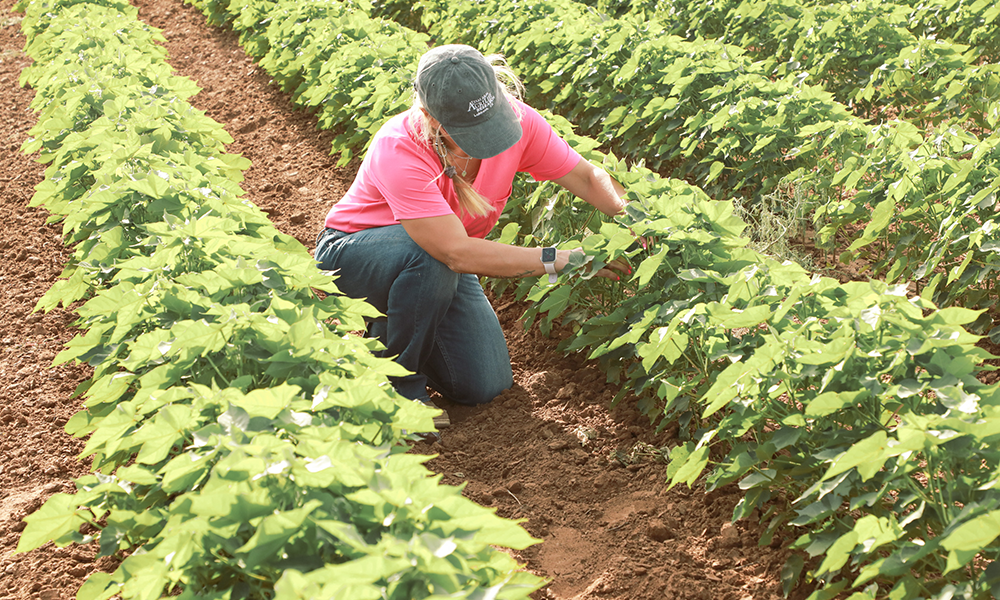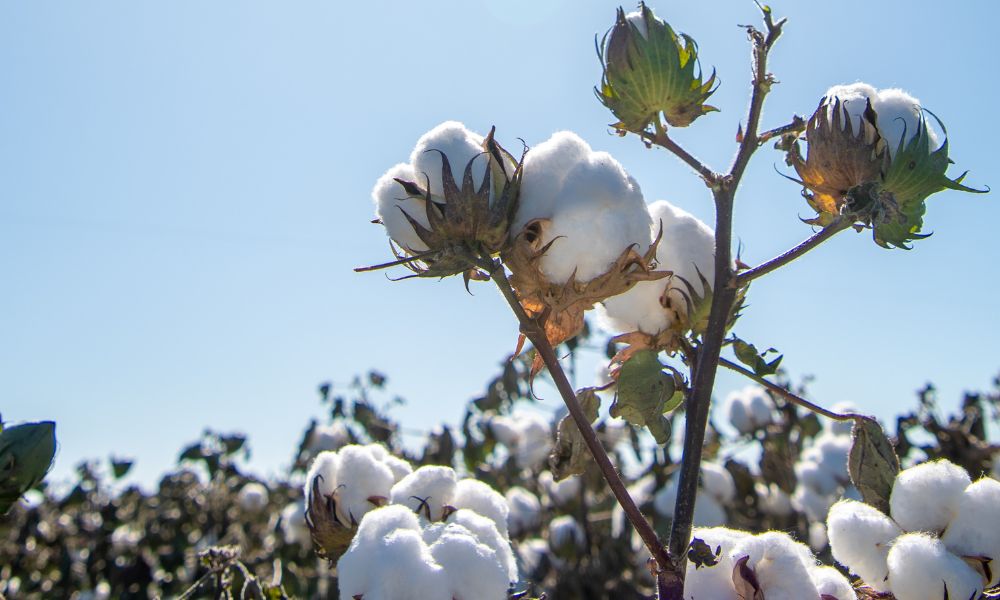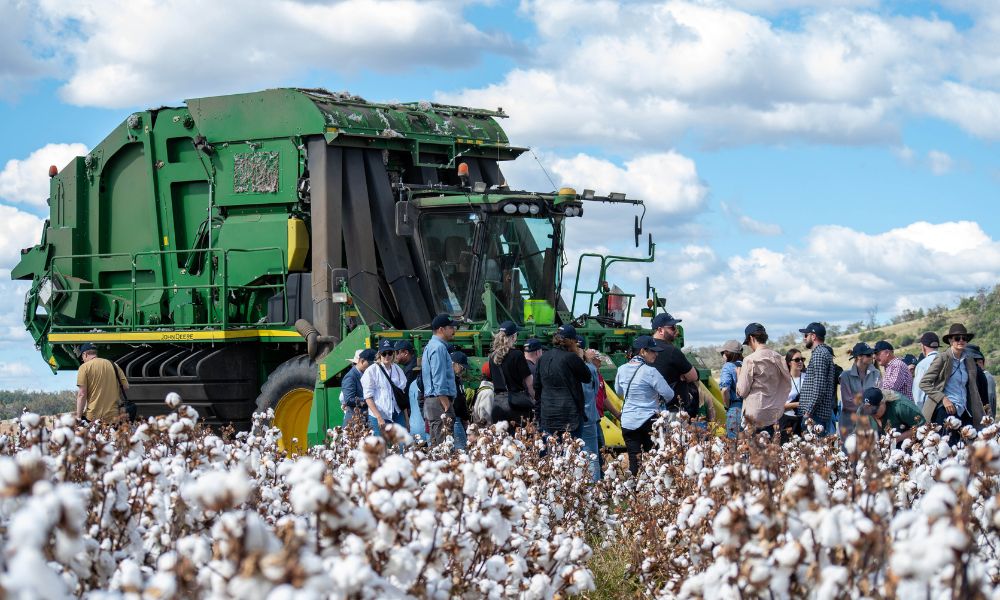What Partners Need to Know About U.S. Cotton Traceability
September 24, 2019
What Partners Need to Know About U.S. Cotton Traceability
Cotton LEADSSM partners have an easy, transparent, and reliable way to trace their U.S. cotton back to the gins where their cotton was initially processed. Cotton coming from farms is brought to gins—processing plants where cotton lint is separated from seed and compressed into bales. Each U.S. cotton bale (approximately 5oo pounds or 226.8 kgs) is labeled with a permanent bale identification tag that uniquely identifies the bale. The tag stays on the bale until the whole bale cover is removed at the yarn manufacturing plant. Want to learn more? Visit CottonWorks™.
Beyond the permanent bale identification tag, research efforts are underway to broaden the use of RFID (radio frequency identification) in tracing cotton from the farm. RFID tags are assigned to modules (bulk blocks of fiber and seed that are transported to cotton gins). Cotton Incorporated and the American Society of Agricultural and Biological Engineers have adopted a new standard that uses RFID tracking and allows farmers to track modules throughout the ginning process. Cotton Incorporated is funding a demonstration with the U.S. Department of Agriculture-Agricultural Research Service gin lab in Lubbock, Texas, to further explore the potential of RFID tracking in cotton. The project involves the development of new software in an open source environment so gins and software companies can continue improving traceability methods that increase efficiency and profitability for growers and ginners.














Recent Comments